Index
Page 4 of 5
Performance, Camera
Before we get to the performance part of the review, we would like to say a thing or two about the two cameras. The main 8-megapixel camera makes quite good pictures, and takes up to 20 pictures in burst mode. It can capture 1080p video at 30FPS and take pictures simultaneously, just like the One X or Xperia S.
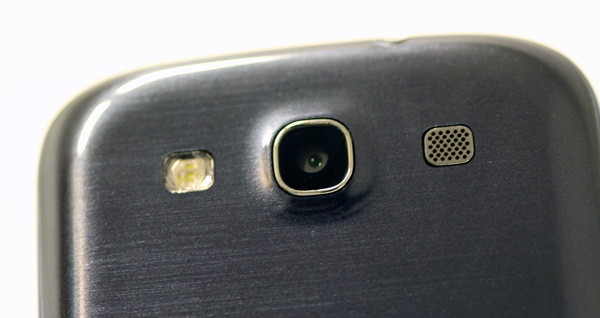
The front camera, with its 720p capability and 1.9-megapixel sensor, was surprisingly good. It’s good enough for self-portraits.
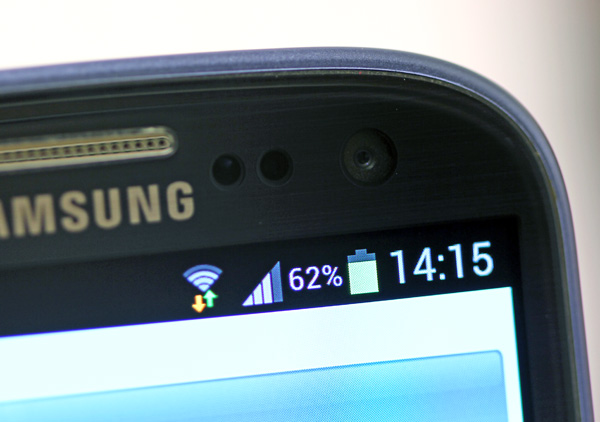
It’s tough to decide who has the best camera on the market at this moment, the One X and S III are very closely matched and you won’t go wrong with either. The Galaxy will deliver nice photos and videos and it should be enough for any phone camera power user. We also liked the camera UI, as it's pretty intuitive and streamlined compared to Samsung's previous efforts. Also, it just looks nice.
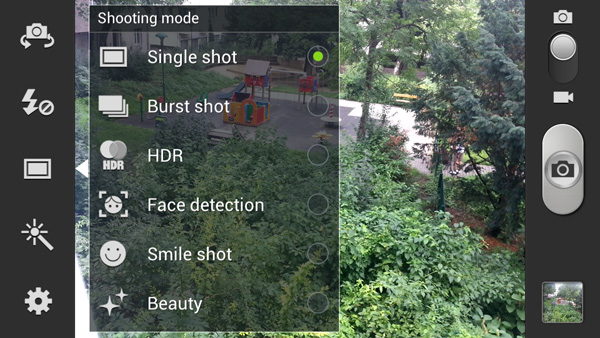
However, we are still talking about a phone camera, as and you can see in our sample photo, it struggles with dynamic range issues. This is true of all smartphone cameras and it is the result of cramming millions of sensors on an area the size of a grain of rice. HDR can help a bit, but phone cameras still have a long way to go.
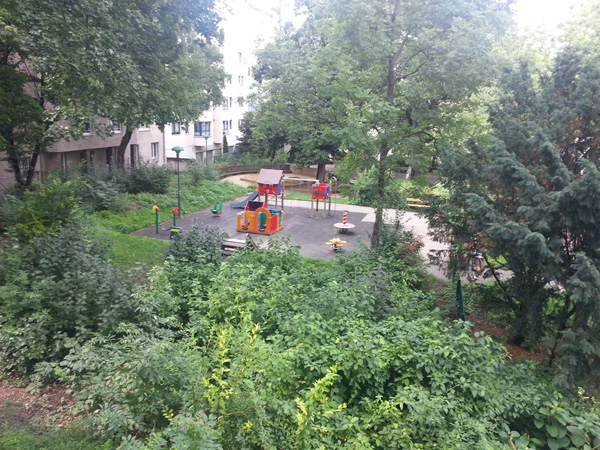
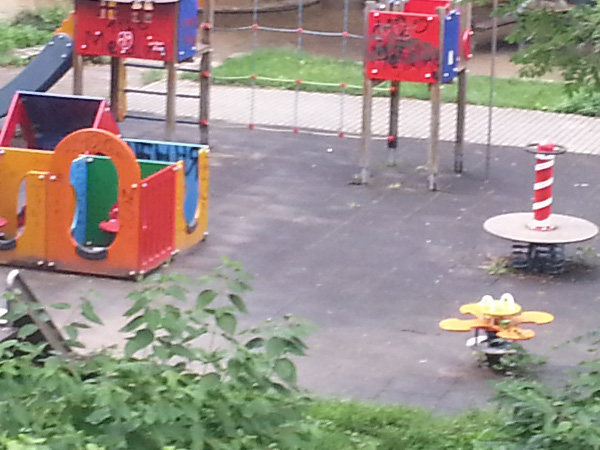
The 100-percent crop reveals quite a bit of post processing, resulting in soft edges and lack of detail. For all its technical prowess, the S III really does not impress in the camera department. Granted, it is not far behind the One X and it is roughly on par with the LG Optimus 4X, but we just feel Samsung could have and should have done better. The camera is not a major improvement over the S II and it will probably be overshadowed by the new iPhone 5.
Now then, we wanted to see how fast Samsung’s quad-core Exynos really is and how it stacks up against the competition, Qualcomm’s S4 dual-core and Nvidia’s Tegra 3 quad-core.
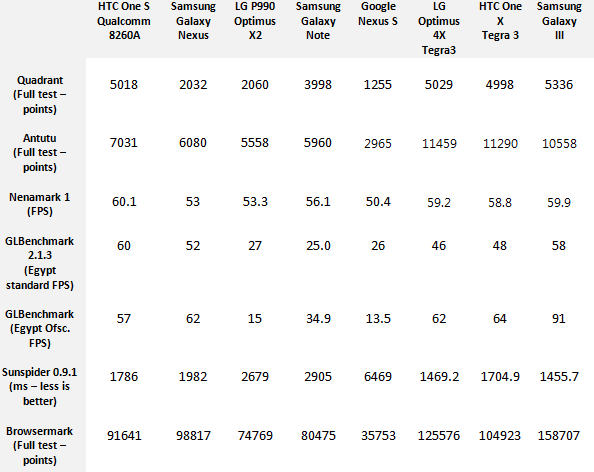
It turns out that Samsung is faster than any phone in Quadrant, but loses in Antutu quad-core enabled benchmark to both LG Optimus 4X and HTC One X, both Tegra 3 based phones. The phone maxes out Nemamark 1 and scores among the best one and in GL benchmark Egypt and off screen 720 rendering is s clear winner against Tegra 3 or Qualcomm S4. The phone is also the fastest we’ve seen so far in Sunspider and it scores significantly better than any other phone in Browsermark.
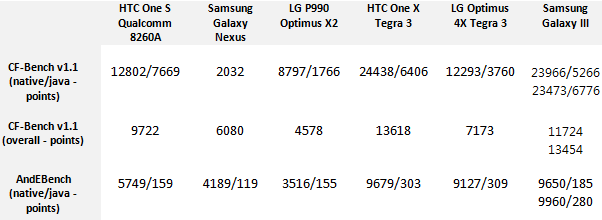
Nvidia has a slight advantage with HTC One X in CF benchmark as well as in AndEbenchmark and the two scores in these tests for SIII come from the hot and cold phone. It is clear that performance wise this is the faster phone so far. There is still one thing that we were pointed out by a veteran Samsung Galaxy S II user. There is a delay between pressing the dial key until you get to the dialer and it takes about a second longer than on the S II.
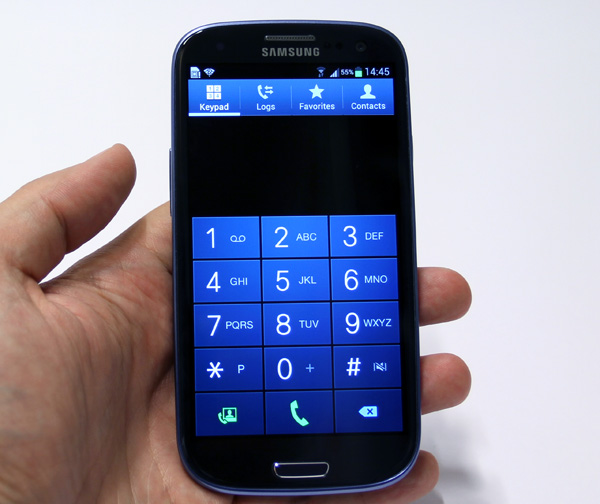
We tried it and saw for ourselves that this was the case, but we are sure that Samsung could fix this if it wants too. Some people might get annoyed that they will be able to get to dialer much faster on their old phone.



